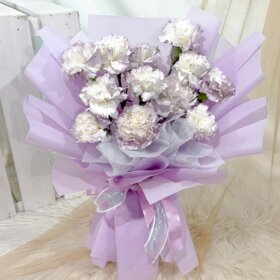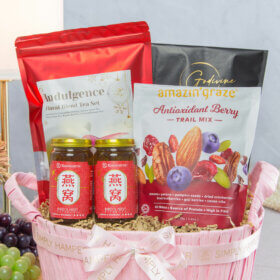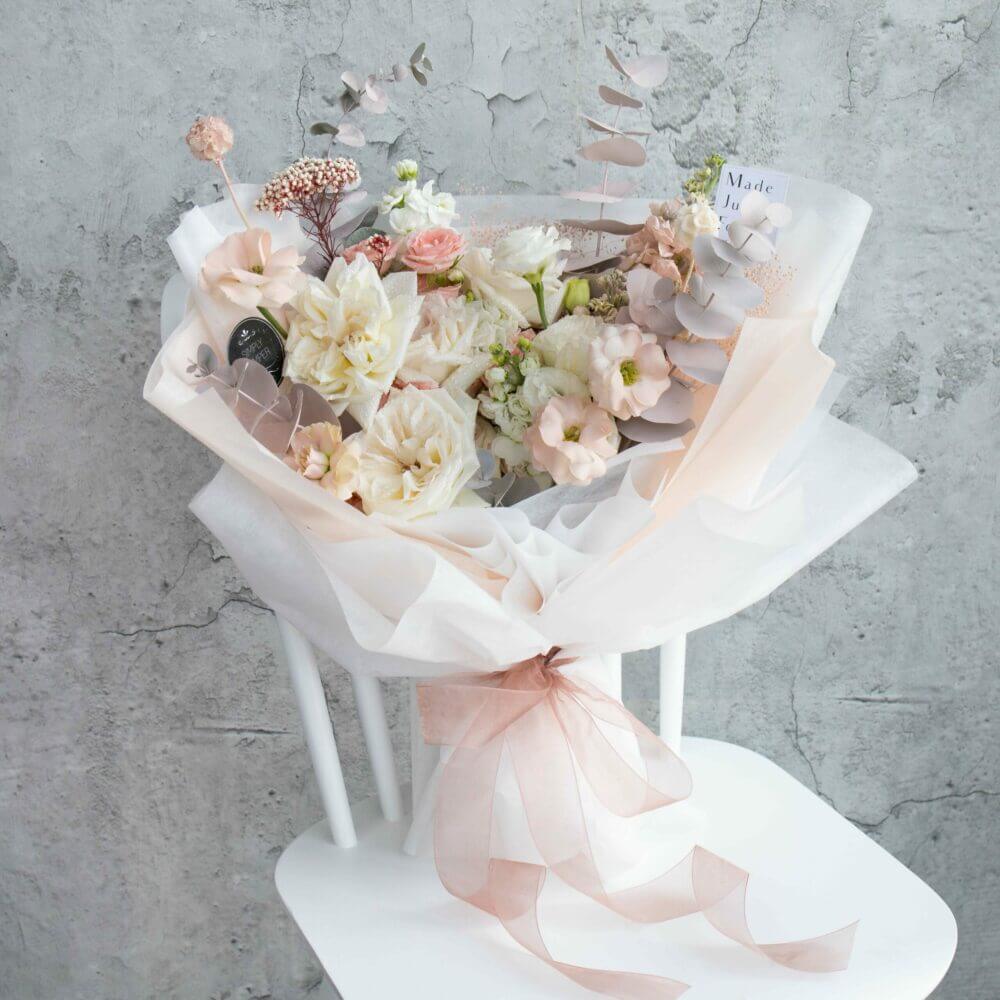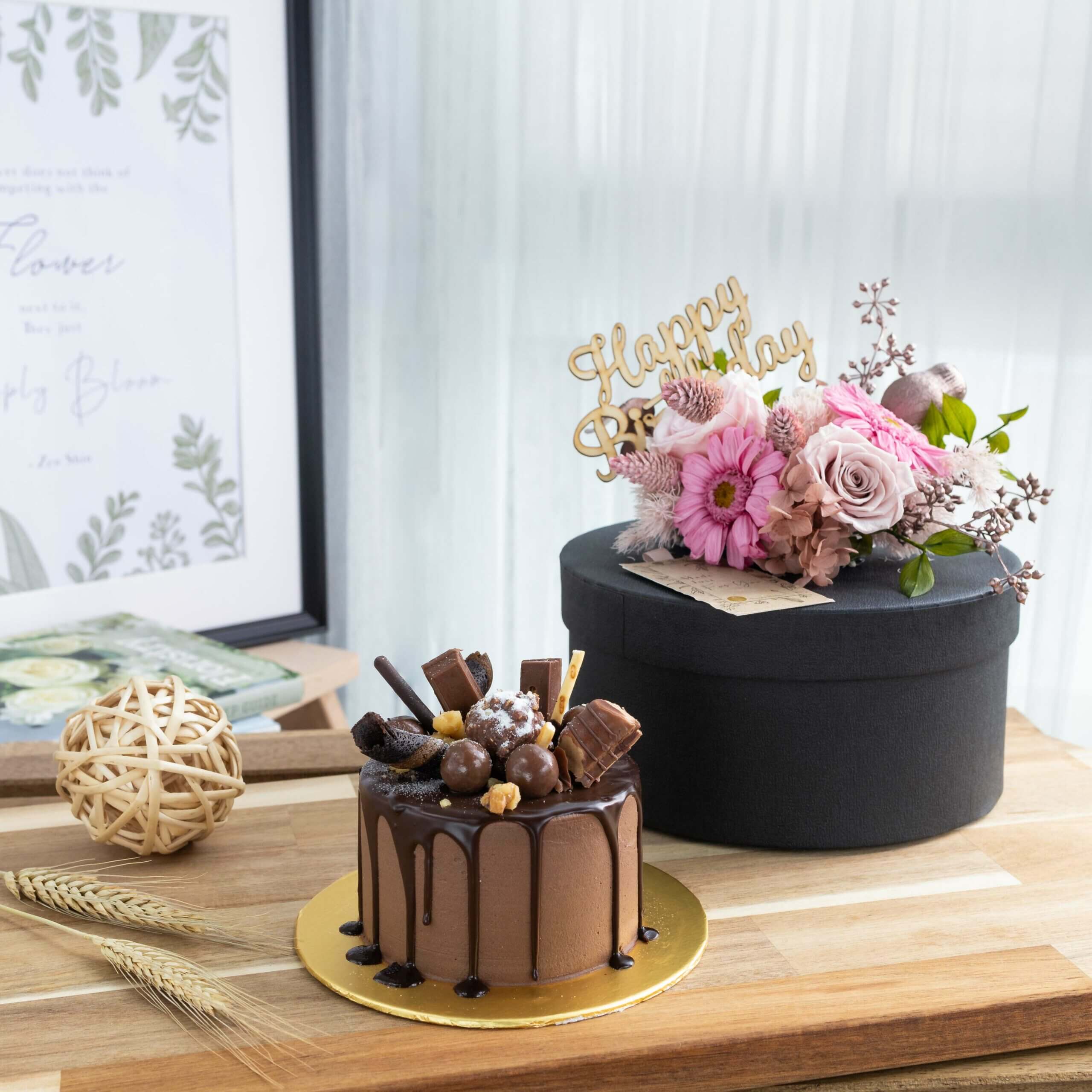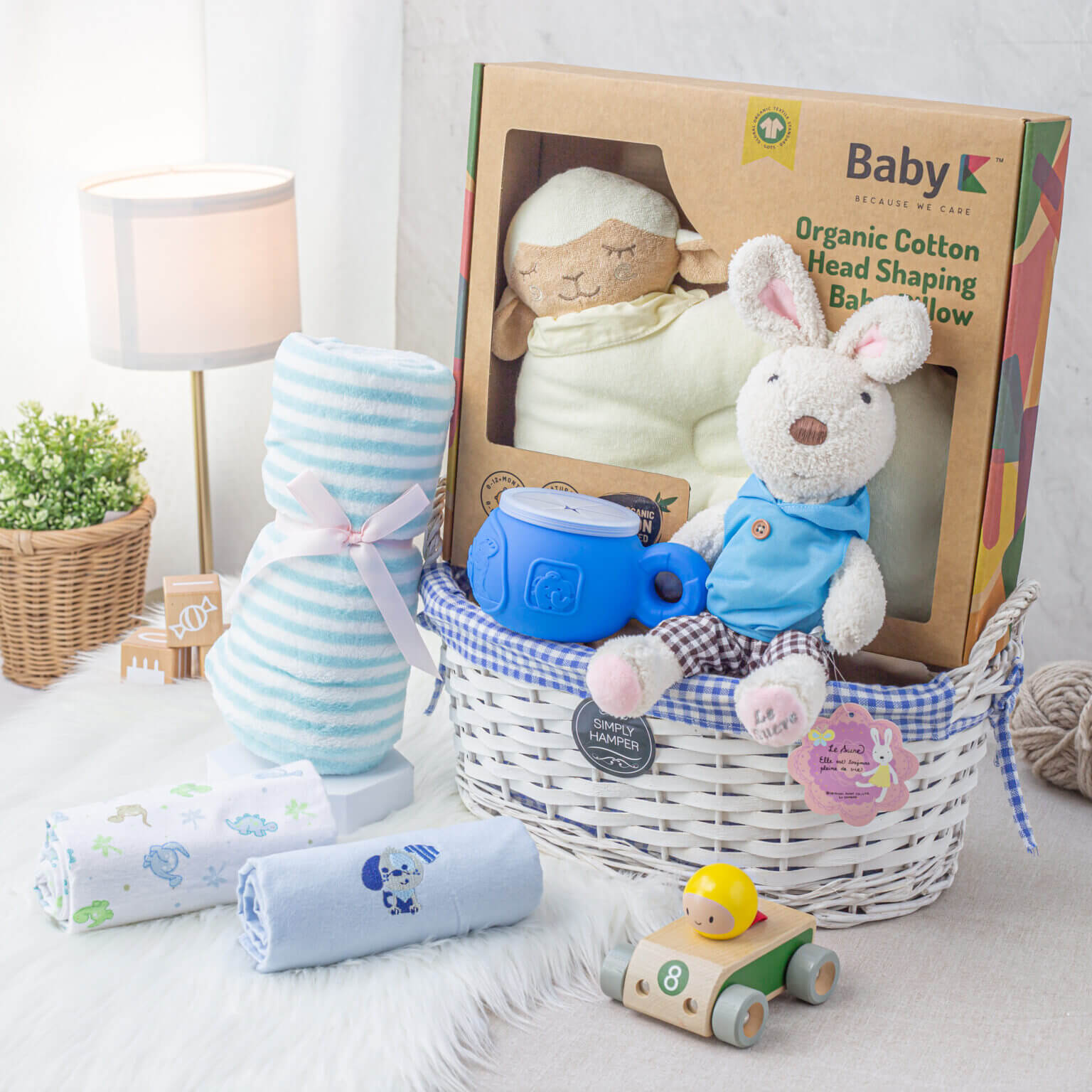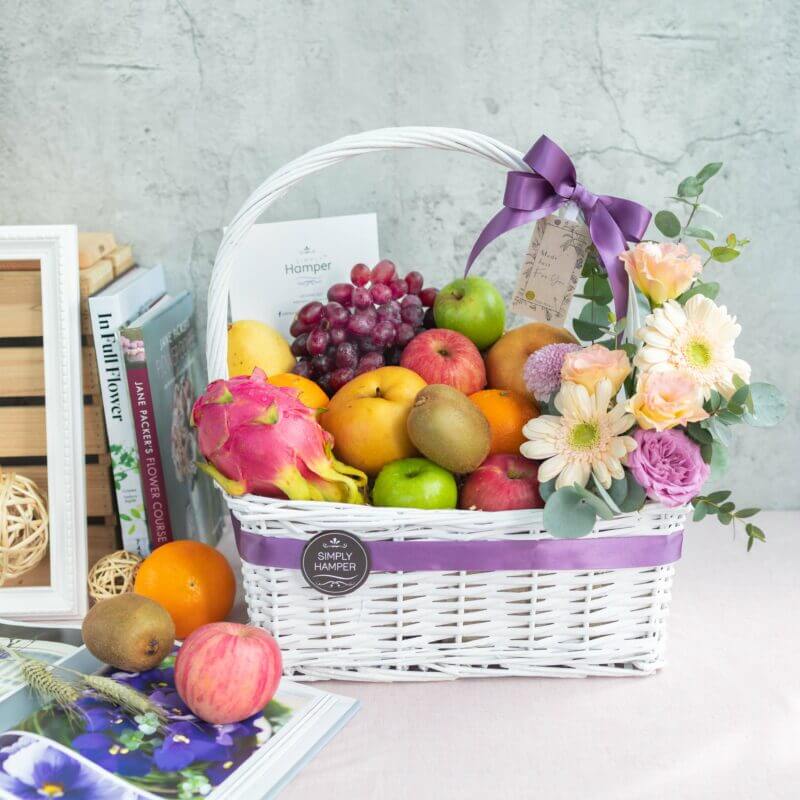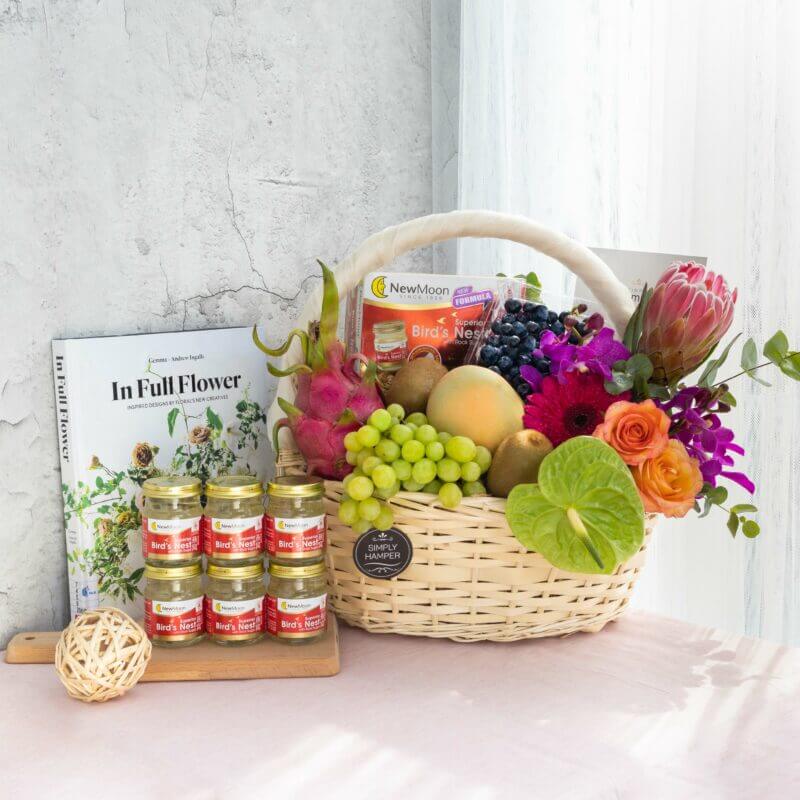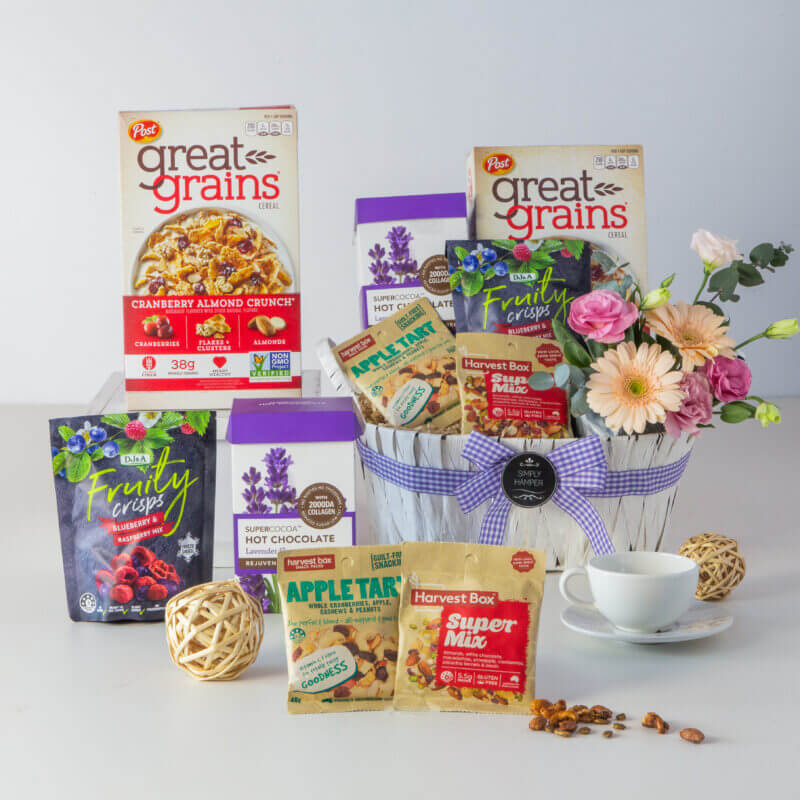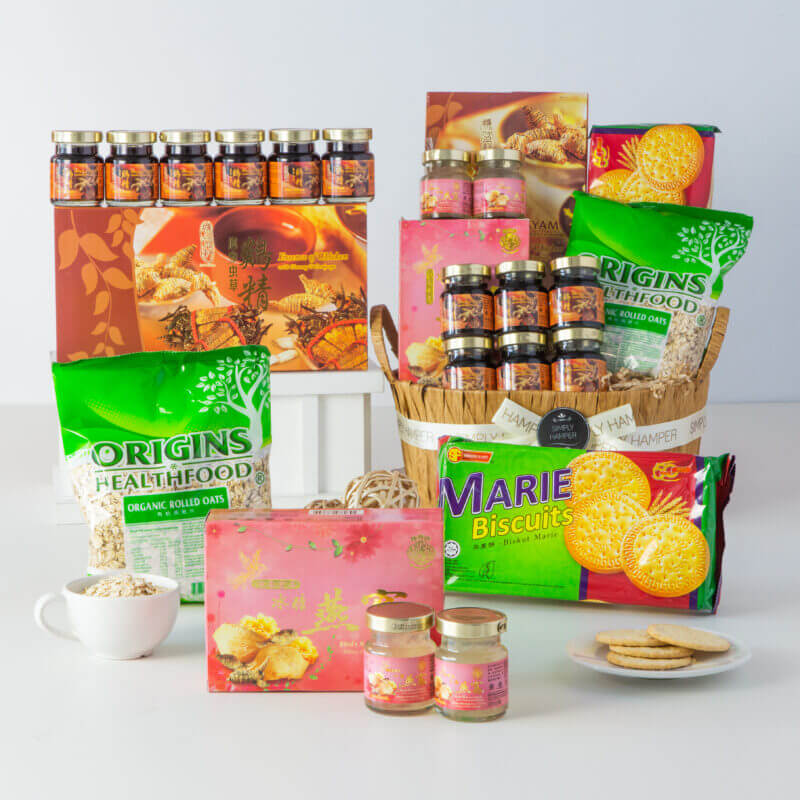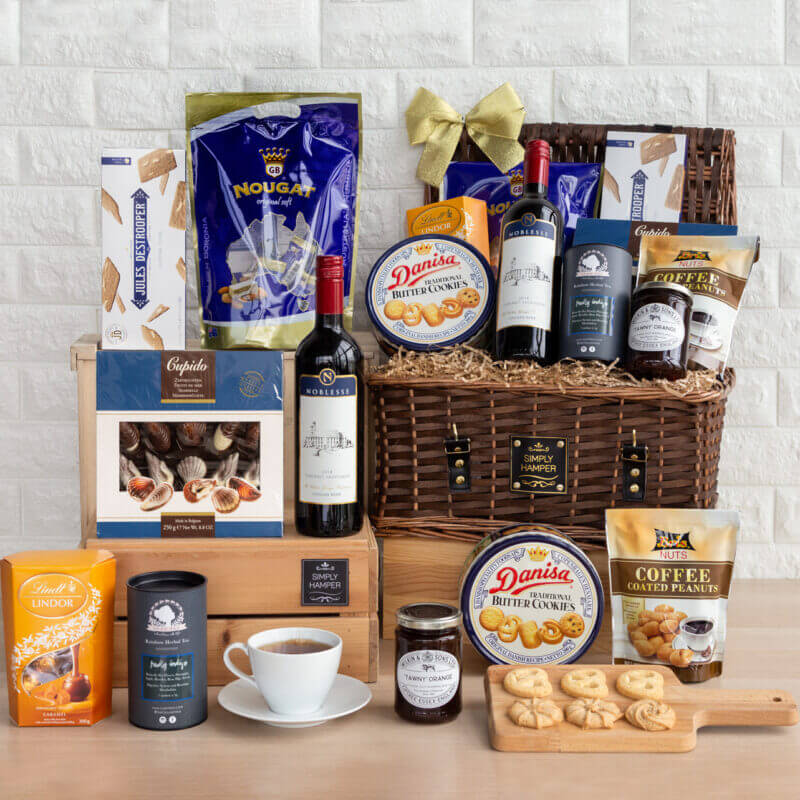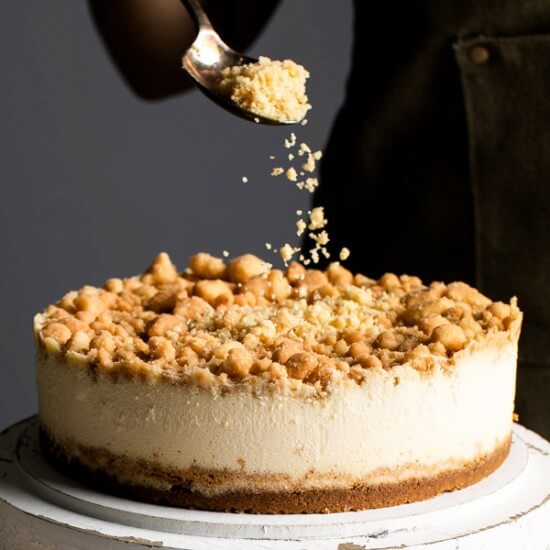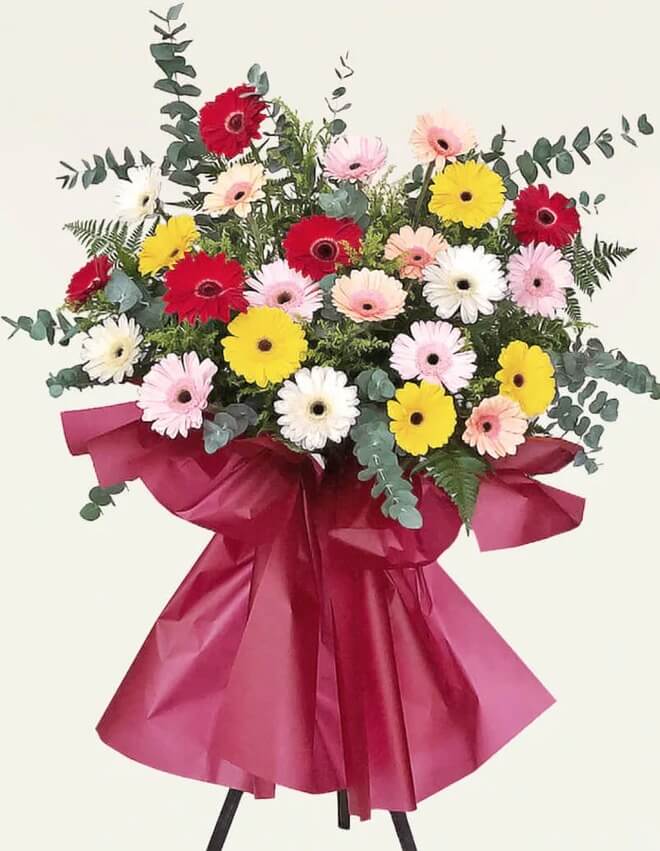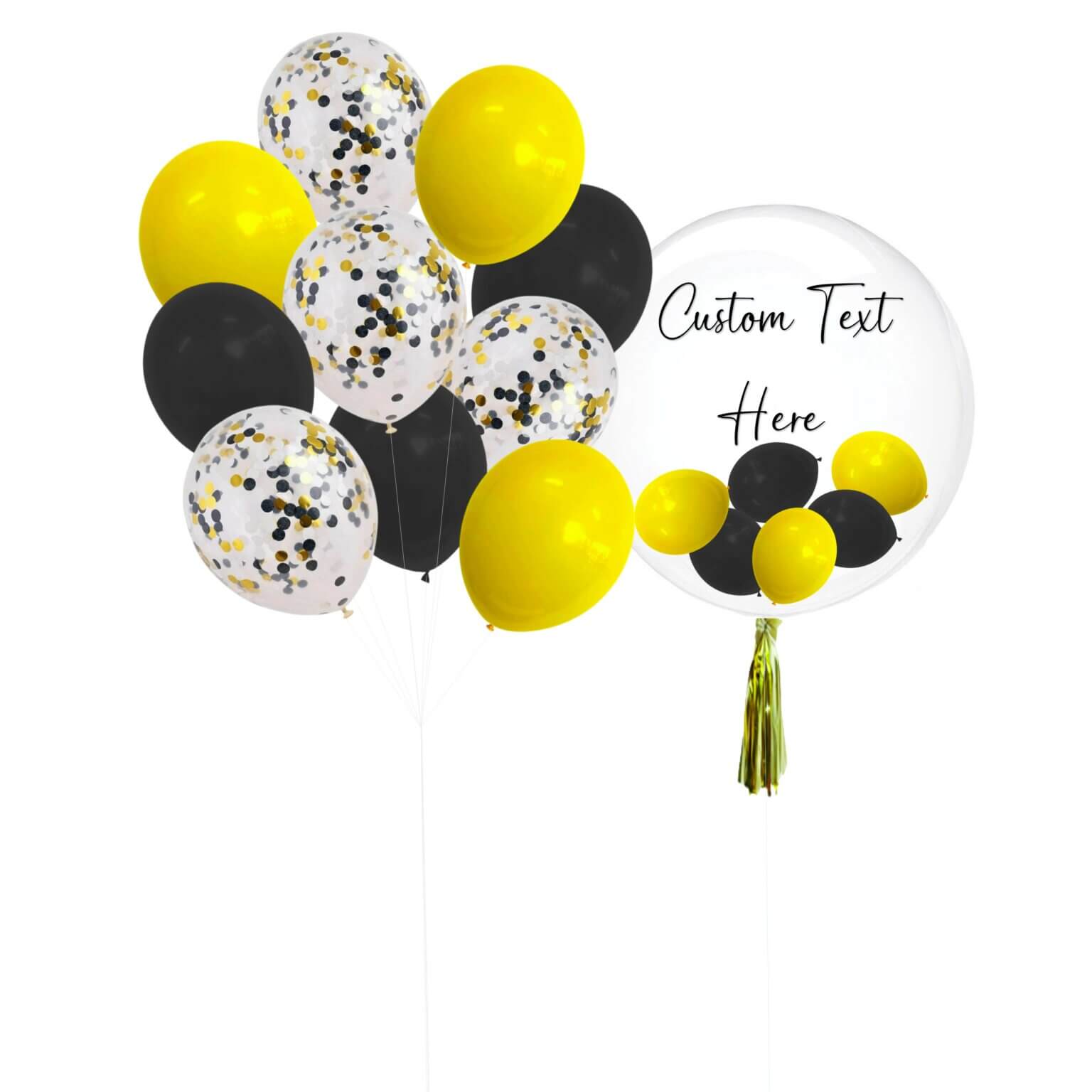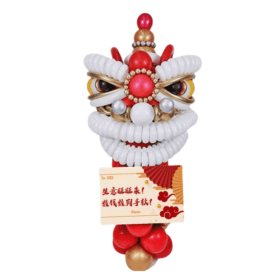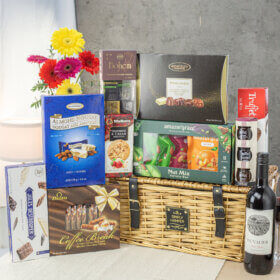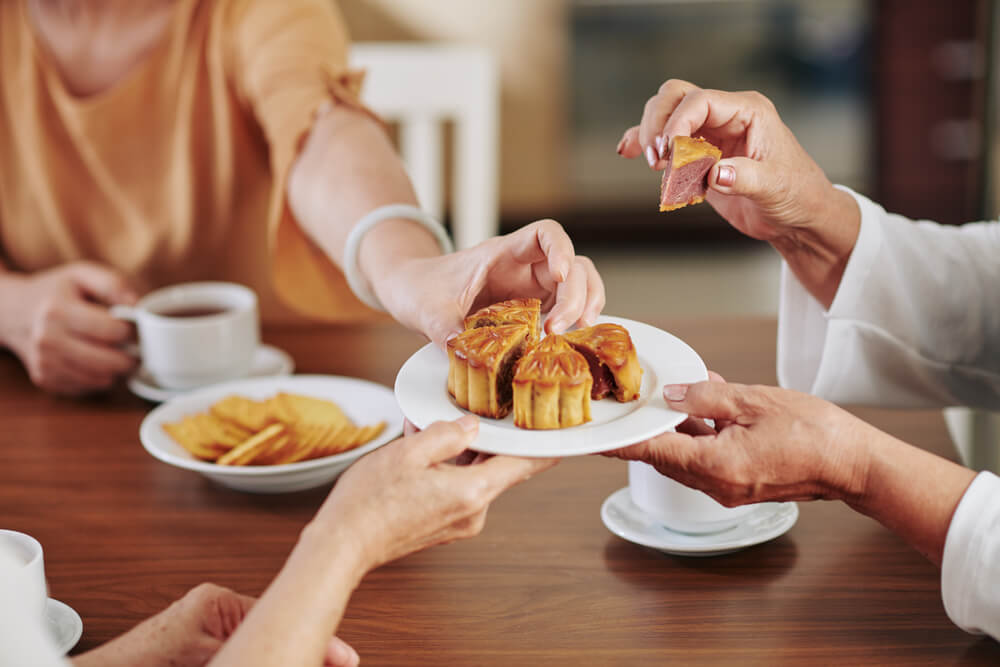Lifestyle
Simply Hamper | The Origins of the Mid-Autumn Festival
Happy 中秋节!
Zhōngqiū Jié is the Mid-Autumn Festival, and it’s also commonly known as the Moon Festival or the Mooncake Festival. After Chinese New Year, it is the second-most significant celebration in China. Many other Asian nations, like Singapore, Malaysia, and the Philippines, also commemorate it on a yearly basis.
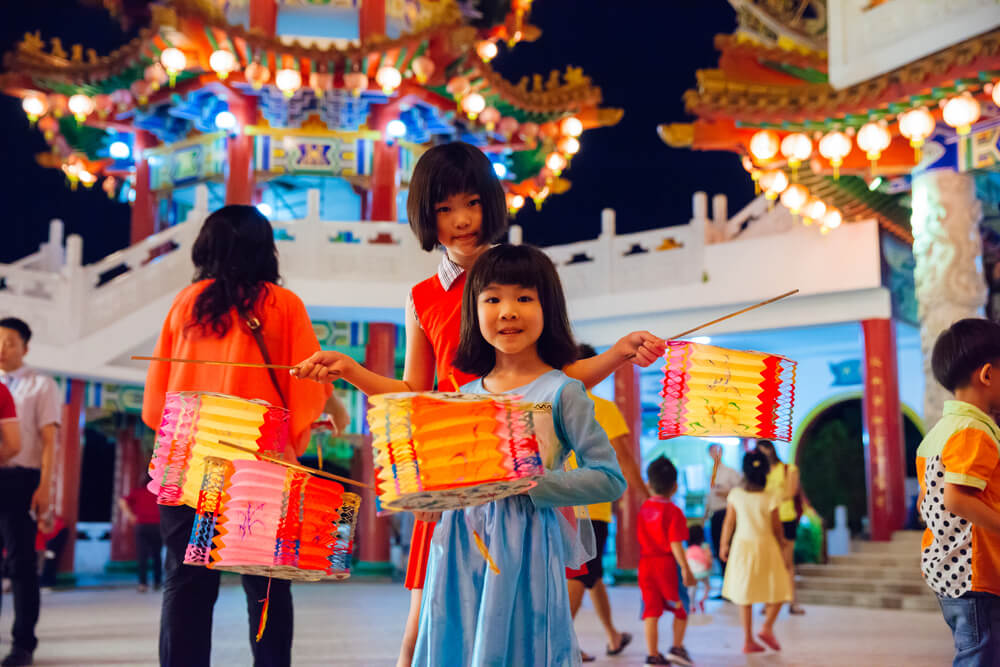
It occurs on the fifteenth day of the eighth lunar month, which is believed to be when the moon is at its fullest and roundest. Similar to Thanksgiving, families join together for a reunion dinner and to enjoy mooncakes. They light paper lanterns, bask in the glow of the full moon, and tell children the stories of the origins of the festival.
The History of The Mid-Autumn Festival
There are various theories regarding the origin of this holiday, which has a history of more than 3,000 years. It was derived from the Zhou Dynasty practice of moon worship around 1046 – 256 BC. However, the customs of the festival only started to take shape around the Tang Dynasty in 618 – 907, and gained more popularity after the Song Dynasty in 960 – 1279. Let’s take a short history lesson together!
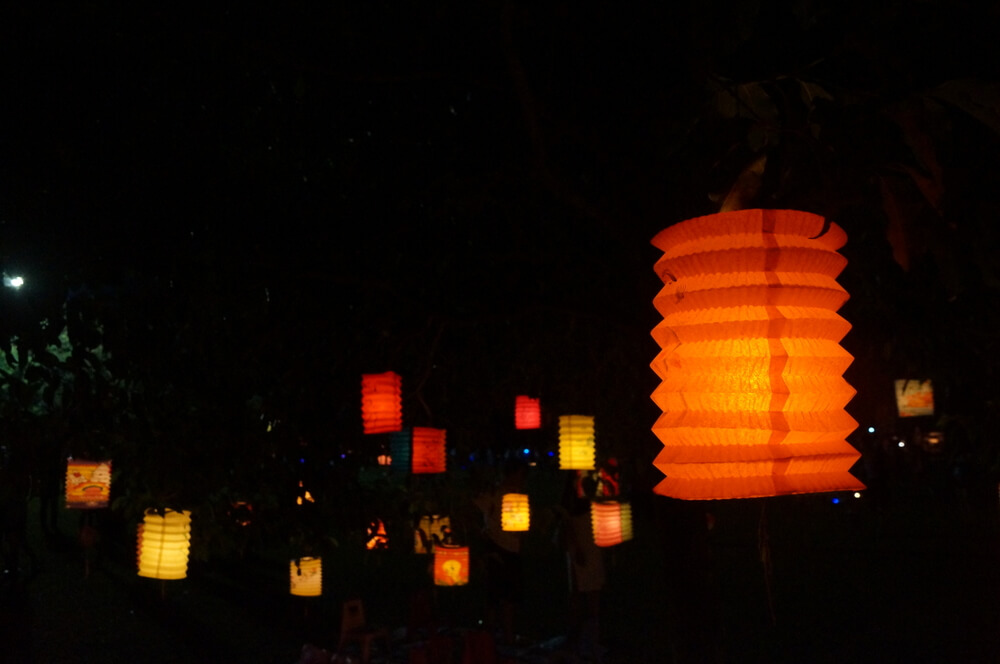
The Mid-Autumn Festival originated from the worship of the moon. In those days, the moon was worshipped by ancient Chinese emperors because they thought it would ensure a bountiful harvest the next year. In the Western areas of the Zhou Dynasty, some kings even offered sacrifices to the moon.
The Tang Dynasty played a major role in shaping the custom of the Mid-Autumn Festival. The upper class folk started to value the moon during that era, and rich merchants and officials held big parties in their courts to follow suit. They had music, dances, and food to celebrate the moon. Later on, the common folk joined in and held their own festivities and moon-gazing parties.
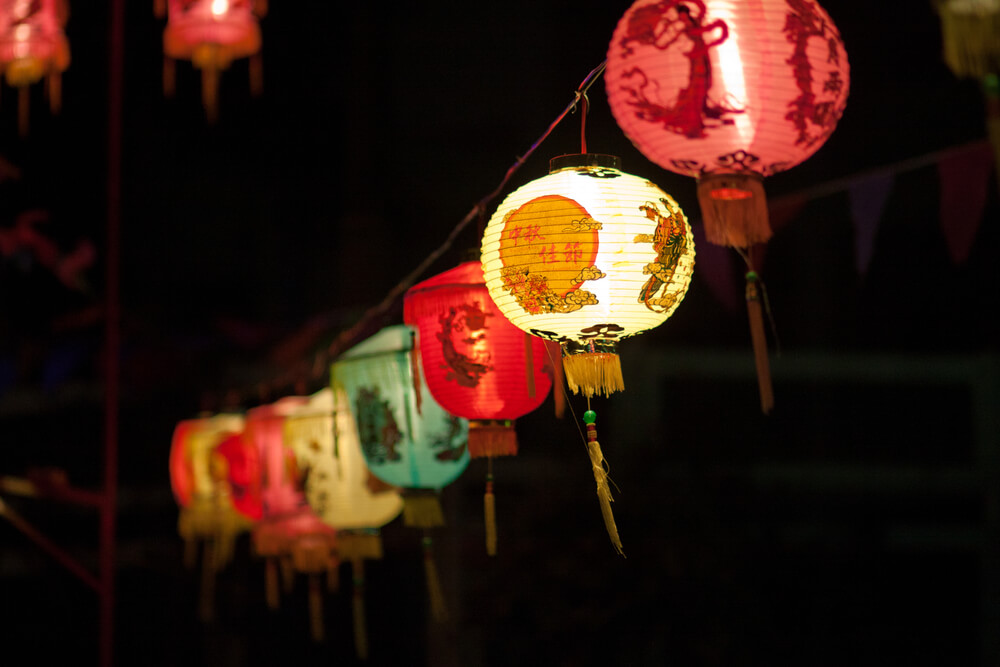
The Mid-Autumn Festival was first established on the 15th day of the eighth lunar month during the Northern Song Dynasty. It then turned into a popular folk festival that has become a custom in people’s lives, until today.
The Origins of the Mooncake
As most of us know, the mooncake is a round pastry that contains various ingredients in a thin, smooth crust. It’s normally sweet, filled with lotus paste, red bean, or other similar bean pastes. However in recent years, modern generations have attempted to be adventurous with creating mooncakes of their own, filling them with chocolate, making jelly mooncakes, and experimenting with different flavours and textures. There are options such as matcha, yuzu, hojicha, even savoury stuff like salted egg, dried shrimp chilli and chicken floss.
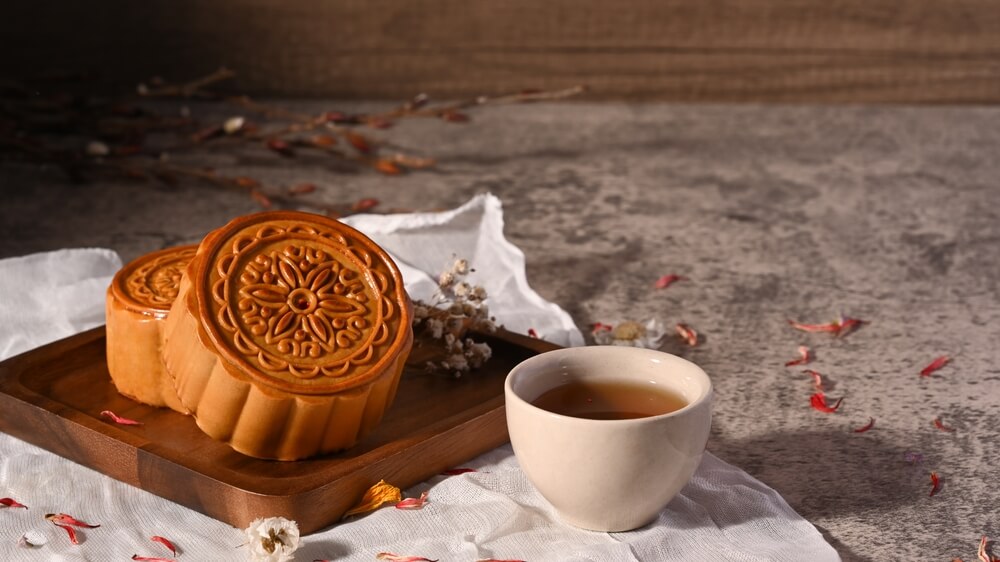
According to history, the Mid-Autumn Festival tradition of eating mooncakes dates back to the Tang Dynasty. It was well-liked in the palace during the Northern Song Dynasty, and afterwards it spread to the populace. During the Ming Dynasty, eating mooncakes evolved into a widespread tradition for all the common folk.
A Chinese legend claims that mooncakes once sparked a revolution. It took place in the Yuan dynasty, which northern Mongolians formed and ruled from AD 1280 to 1368. It was rumoured that Liu Bo Wen, a rebel leader among the Han Chinese, intended to incite the Han Chinese to revolt against the occupying Mongolians and bring an end to the Yuan dynasty.
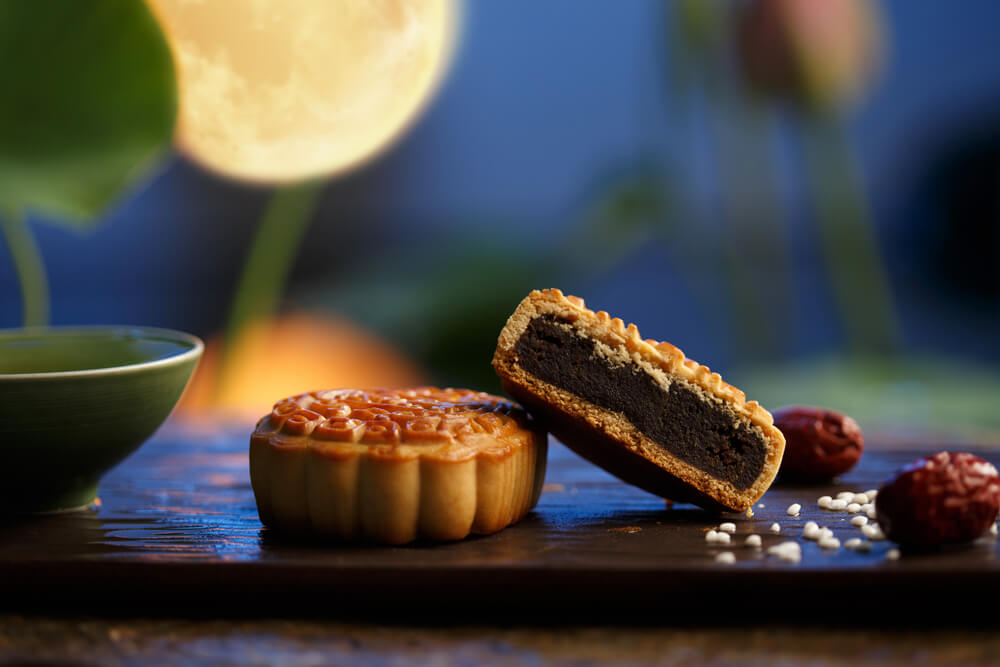
He gifted his allies mooncakes with pieces of paper hidden within them, with the date of the rebellion written inside. Thus, he got word out about the revolution when his allies cut open the mooncakes. The Yuan dynasty was promptly put to an end after that… and thus ends our history lesson!
Celebrate Mid-Autumn Festival in 2022 with Us!
Excited for the upcoming festivities? You’re not alone!
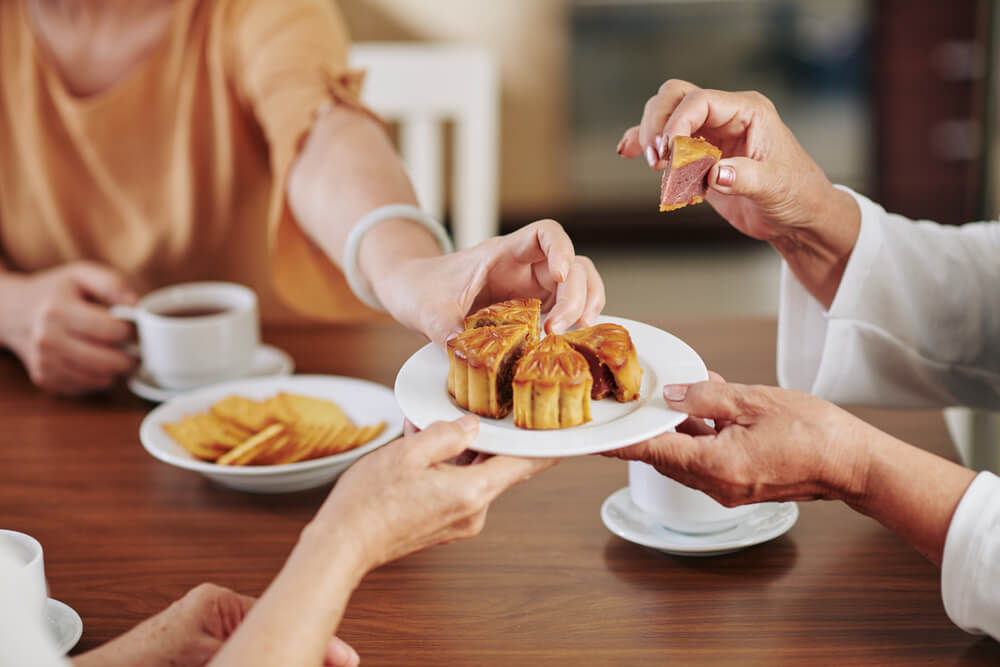
We’re here to help you prepare for your family reunion this Mid-Autumn Festival. If you’re looking for tea gift sets for your parents or fruit baskets for your relatives, we have it all. Get your food gifts in Singapore delivered to your doorstep for free, only at Simply Hamper.
Visit our shop today to find out more!
